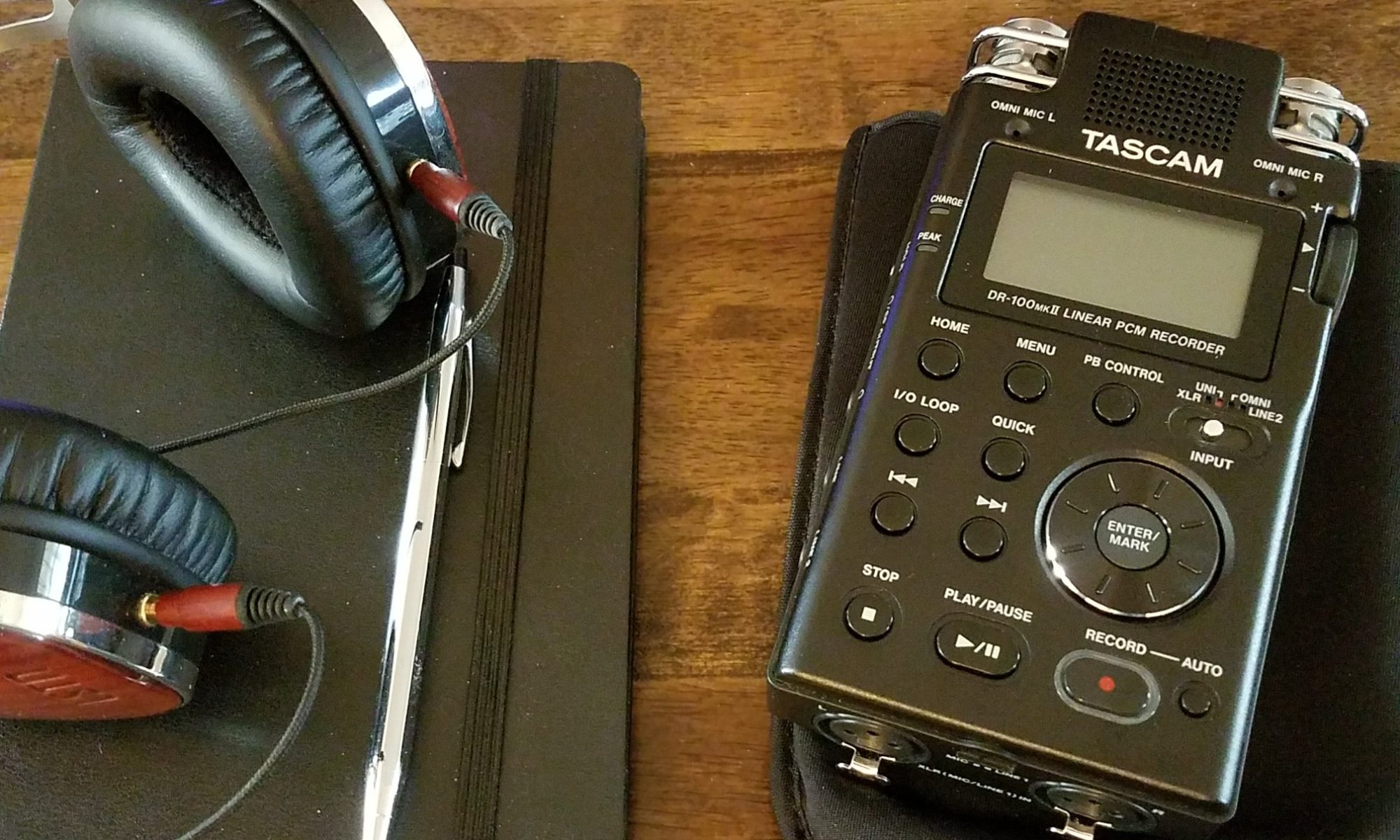Over the last couple of weeks, tensions in the Northeastern province of the Democratic Republic of Congo have been escalating, as 29 people were clubbed or hacked to death in remote villages of Kivo. The perpetrators are Rwandan Hutus who fled to the Congo after the 1994 genocide.
Even though the Congolese army has been conducting operations to root out the Hutu extremists, they’ve only managed to push them further north where they’ve managed to gain allies and increase their organization.
The United Nations Observer Mission in Congo (MONUC) investigators, trying to reach the affected villages, have been met by stone-throwing crowds. A faction of a Rwandan rebel group, the Democratic Forces for the Liberation of Rwanda (FDLR), carried out the killings in retaliation over Congolese army operations against them. The faction, known as ‘the Rastas’, vowed to return to punish civilians.
This incident is a picturesque reminder of the 1994 genocide in Rwanda where the extremist Hutu, known as the Interahamwe and former fighters of Rwandan Armed Forces (Ex-FAR) clubbed, macheted and shot to death an estimated 800,000 Tutsis and moderates Hutus in 100 days.
In Congo, the extremists Rwandan Hutus, operating under the umbrella of FDLR, have continued to kill indigenous Congolese civilians, but threats to flush them out have not materialised. Yet FDLR has continued to grow in strength and experience. Conservative estimates by the International Crisis Group has estimated their strength at 8,000 to 10,000. Their dream is to return to Rwanda.
MONUC website has pointed to Walungu, Kanyola, Kyalubeze, Chikamba territory in south Kivu province as being controlled by the Rwandan Hutu extremists.
In North Kivu province, the Hutu extremists are equally active and control villages in Rutshuru territory. They use bases inside Virunga and Maiko national parks to raid neighbouring villages. In these camps, women are trained as soldiers, and children are born and brought up as soldiers.
Ishasha and Nyamirima, along the Uganda borderline, are operation zones for these militias, who are closely associated with the Mai Mai group of Vasaka Sikuli Kakule alias La Fontaine.
All of this fueled the formation of a new anti-Tutsi group known as PAROCO-FAP, who claims that their goals are to reach a solution with the Kigali government. The propaganda and rhetoric of this new Hutu extremist group echoes the messages that launched the Rwandan genocide.
Clearly, greater efforts need to be taken in this region, as the conflict, which has roots in Rwanda, has been spreading from the Congo to Uganda and has the potential to destabilize the entire Central African region. Even if the violence is contained, the increased influence that we’re seeing from the anti-Tutsi groups could easily lead to a spread of violence, and possibly another rolling genocide.
